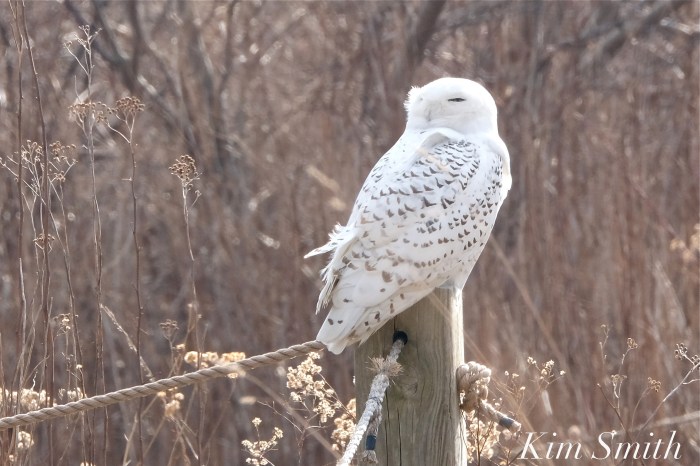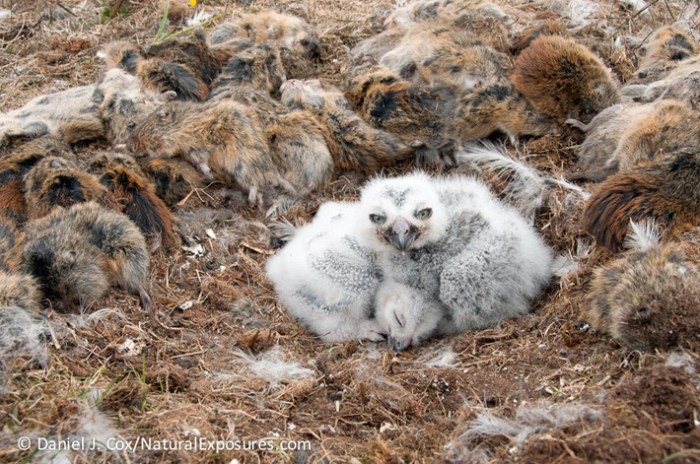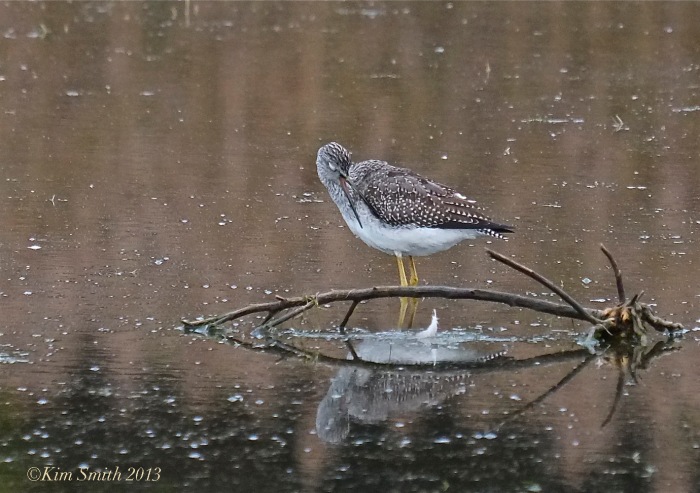I dream about Snowies sometimes, especially in wintertime. I wonder if Snowies dream–probably, if they do, its all about tasty morsels 🙂
Sleepy Snowy Boy in the wildflower patch.
Do Snowy Owls, like other owl species, feed at night?
Snowy Owls are crepuscular (active and feed at dawn and dusk), diurnal (hunt during the day time), and nocturnal (hunt during darkness). Mostly, while wintering in our region, they rest during the daylight hours. When you see a Snowy sleeping, whether on the beach, a fence post, rooftop, or tree, please give him/her lots of space and let him rest quietly and undisturbed.
In the summer months, Snowies feed in the continuous daylight hours of the Arctic. Their main source of food is lemmings. In years when lemmings are super abundant, female Snowies will actually lay more eggs! Both the male and female hunt and bring food to the growing owlets. Feeding a hungry brood of baby owls is nonstop during the long days of the Arctic summer, and the owls also cache food.
What do Snowy Owls eat when wintering over in New England? I’ll share what we saw Hedwig eat because I am reading tons of misinformation posted online. We saw her eating rabbits, shrews, rats, mice, and yes, sea ducks. At day’s end, she would leave her hotel perch, sometimes heading over the golf course for a rabbit, or swooping down to the rocky shoreline for a shrew, or out to sea for a Common Eider or Bufflehead.
A cache of lemmings circling a Snowy Owl nest–and btw, aren’t they just the cutest!
A Snowy Owl irruption occurs when there is an abundance of lemmings, which leads to an abundance of Snowy Owl hatchlings (more lemmings equals fewer hungry owlets), which leads to more fledglings. Easier-to-catch food is available for the less experienced young hunters further south in the lower 48 states. The adults typically keep north, the first- and second-hatch-year owls often head south. This is another reason to keep a respectful distance, many of the owls are still developing and growing.
Our Hedwig appeared especially adept at catching rodents that were scurrying between the rocks at Bass Rocks. In summer, Arctic Lemmings shelter in shallow underground burrows, or under rocks, just as do Cape Ann members of the rodent family.
Interestingly, some Snowy Owls move further north for the winter. They spend these darkest and most frigid of months at sea, ice hunting for Arctic birds at open patches of water.
Please Do Not Disturb








